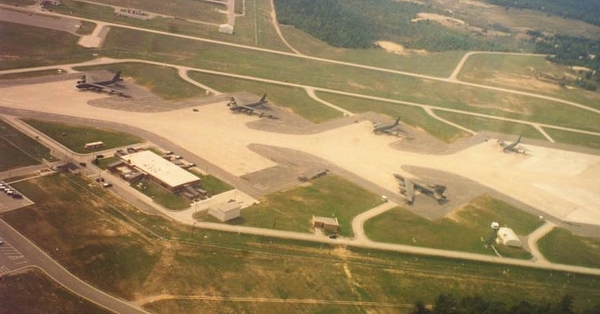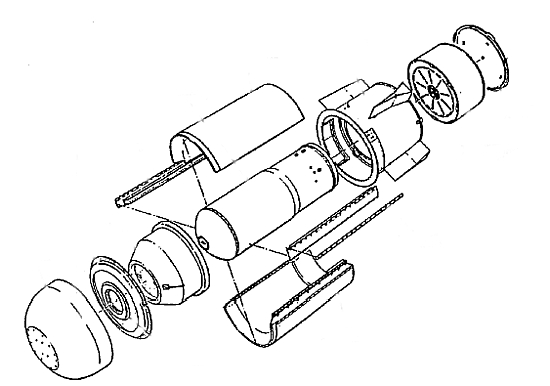Reagan Administration Decision To Retain The
B53The decision to halt retirement of the
B53 thermonuclear bomb in 1987 has always been rumored to have been
motivated by a need to hold deeply-buried targets at risk. A partially
declassified Joint Staff document from March 1987 confirms the rumor and
brings new information to light about the justification.
The Nuclear Weapons Council decided in early 1987 that
the B53 should not be retired but retained in the stockpile. As the
command responsible for delivering the bomb, Strategic Air Command (SAC)
reacted to the decision on February 19, 1987, by asking the Joint Staff
"how many B53s are required for ALFA Alert or other postures and when
will they be required." In its response on March 23, Joint Staff
outlined the rationale and operational requirements:
"In order to hold selected deeply targets at risk
in all scenarios, a day-to-day alert capability is required. The
current capability will be lost when the last Titan II ICBM is
deactivated on Jun [sic] 87. Therefore, a B53 ALFA Alert capability
must be developed as soon as possible."
|
B-52 Alert At
Wurtsmith Air Force Base In The 1980s |
 |
|
The decision to stop
retirement of the B53 bomb in 1987 was due to a military
requirement to hold deeply buried targets at risk. This
required B53 bombs to be kept on air bases ready for
delivery by alert aircraft like these B-52 bombers
photographed at Wurtsmith Air Force Base in Michigan in the
1980s. |
ALFA Alert was the term describing aircraft parked at
the end of the runway, loaded with weapons and crews in standby
position, ready to take off within 15 minutes to strike targets in the
Soviet Union. A requirement existed for B53 ALFA Alert in Fiscal Year
1987, but the guidance provided by the Nuclear Weapons Council stated
that "B53 loading on ALFA Alert aircraft is not planned."
Instead, pending completion of the Air Force Operational
Safety Review and final decision on a stockpile improvement program for
the B53, "these weapons will be used in a generated CHARLIE/FOXTROT
role." A CHARLIE/FOXTROT alert involved starting the engines of the
B-52s, taxi to the end of the runway, and taxi to the first turn-off
before returning to the parking place. In a strike, aircraft on CHARLIE
and FOXTROT alert would follow after the first wave of ALFA alert
aircraft. The Joint Staff message to SAC
explained further that B53 bombs that were not used in an ALFA Alert
role "must be available for follow-on CHARLIE and FOXTROT alert. In
addition to operations involving sortie generation during times of
crisis/advanced DEFCON or wartime operations, non-ALFA alert B53s must
be available for peacetime operations to include generation for
operational readiness inspections and testing."
The decision to retain the B53 and the operational requirements that
flowed from the decision was temporary. Joint Staff stated that the
actual requirements depended on two other factors:
- The ability to locate and sufficiently
characterize the projected growth of the deeply buried target set;
- The ability to field a suitable earth-penetrating
weapon "in the near future."
The second factor referred to the Strategic Earth
Penetrating Weapon (SEPW) under development at the time. Yet as
described in
the B61-11 section of this web site, the SEPW was canceled in
1990, and the W61 follow-on candidate was also canceled, in 1992. So
the old B53 stayed on duty. Finally, after
a DOE safety review determined in 1993 that the B53 "has no
assured level of nuclear safety in a broad range of multiple
abnormal environments," and after the strike planners determined
that a more survivable delivery platform was needed for the
earth-penetrating mission, a decision was finally made to retire the
B53 and
build the B61-11.
|
Exploded View
of B53 Thermonuclear Bomb |
 |
|
The 9-megatons warhead
for the 8,900 pounds B53 thermonuclear bomb was
contained in a huge casing of nose capsules, outer
casements, a rear case, and a parachute can. In 1993,
DOE determined that the bomb was safe but not safe
enough. |
|

